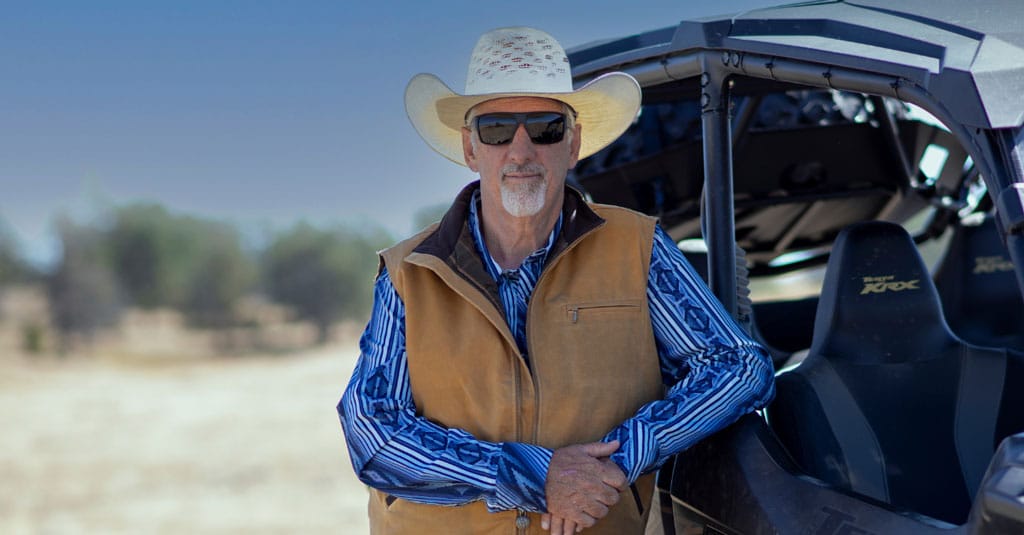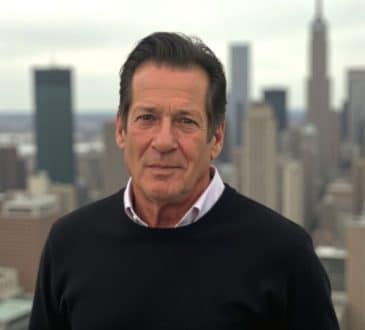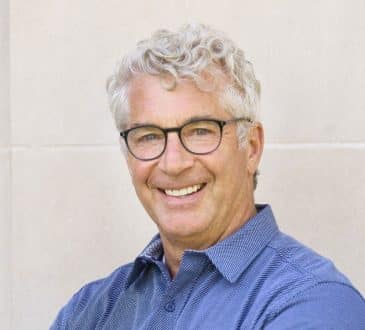In-Depth Q&A with Carl Medearis: Real Estate Innovation and Community Impact

Carl Medearis is an accomplished real estate developer and investor renowned for his visionary approach to transforming landscapes across Colorado. With a career spanning several decades, Carl has made a significant impact on the real estate industry by focusing on sustainable and community-centric developments. He holds degrees in History and Education from the University of Colorado in Colorado Springs, which have provided him with a profound understanding of societal dynamics and historical contexts that he skillfully applies to his development projects.
Carl’s expertise lies in identifying underutilized properties and turning them into vibrant, sustainable communities that respect both the environment and local heritage. His work integrates advanced technologies and sustainable practices, setting a new standard for responsible real estate development. Carl is also deeply committed to community engagement, ensuring that each project not only meets market demands but also enhances the quality of life for its residents.
Outside of his professional life, Carl Medearis is an avid golfer and woodworker, passions that reflect his appreciation for precision and craftsmanship. His dedication to ethical practices and community betterment continues to inspire new generations of developers.
What inspired you to pursue a career in real estate development?
My inspiration came from a deep appreciation for land and architecture, combined with a desire to influence how communities evolve. Growing up in Colorado, I was always fascinated by the transformation of landscapes and how strategic developments could revitalize a town or city. This passion for creating and transforming spaces into something valuable for both the economy and the people living in it drove me to where I am today.
How do you identify potential development sites and what criteria do you use?
Identifying potential sites involves a meticulous process that includes demographic research, economic forecasting, and environmental scanning. The criteria I use hinge on several key factors: sustainability potential, community needs, accessibility, and market demand. I also look for unique features of a property that can be enhanced or preserved, such as natural landscapes, historical significance, or underutilized urban areas that could benefit from redevelopment.
Can you discuss a project that significantly challenged you?
One of the most challenging projects was the redevelopment of an old mining site. The area had significant environmental damage and community resistance due to previous industrial activities. Tackling this required an innovative approach to soil remediation and water purification. We had to work closely with environmental scientists and local stakeholders to develop a plan that was both economically viable and environmentally responsible. It was a rigorous process but ultimately transformed a derelict site into a thriving eco-friendly residential area.
What role does community engagement play in your projects?
Community engagement is not just a part of the process; it’s central to the development’s success. Before we draft our initial plans, we hold community meetings to gather input and discuss potential impacts. This approach ensures that the project serves the community’s needs and integrates seamlessly into the existing cultural and economic fabric. It’s about building trust and ensuring that development is done with the community, not just in it.
How has the real estate development industry changed since you started?
The industry has become more focused on sustainability and technology. When I started, the drive was primarily economic – getting the highest return on investment. Now, there’s a significant shift towards sustainable development that considers long-term environmental impacts and the well-being of future generations. Additionally, the integration of smart technology in homes and buildings is reshaping how we live and interact with our spaces.
What technologies have you found most transformative in your field?
Smart home technologies and green building materials have been game changers. Technologies that allow for greater energy efficiency, water conservation, and enhanced living comfort are particularly impactful. Moreover, the use of Building Information Modeling (BIM) software has revolutionized our planning stages, allowing for more precise designs and better project forecasting.
How do you balance economic goals with environmental and social responsibilities?
Balancing these aspects requires a holistic approach. Economically, a project needs to be viable, but this should not come at the expense of the environment or social well-being. We achieve this balance by adopting green building practices, ensuring developments are accessible and inclusive, and by contributing to the community through public spaces, amenities, and infrastructure improvements.
What future trends do you anticipate in the real estate development industry?
I anticipate a greater emphasis on mixed-use developments that serve multiple purposes: residential, commercial, and community. There’s also a growing trend towards adaptive reuse of buildings, where old structures are repurposed for new uses. This not only preserves historical architecture but also reduces our carbon footprint. Additionally, as remote work becomes more prevalent, there will be a shift in how commercial spaces are utilized and designed.
What advice would you give to young entrepreneurs aspiring to enter real estate development?
My advice is to gain as much exposure and knowledge in various aspects of the industry as possible. Understand urban planning, study market trends, and learn about environmental impacts. Build a network of mentors and peers because relationships are key in this industry. And always approach each project with creativity and integrity.
Looking back, what would you do differently in your career?
While I am proud of my journey, if I were to change one thing, it would be to embrace risk earlier in my career. Some of my most successful projects were also the most daunting, and initially, I was hesitant to take on projects that seemed too ambitious. Learning to step out of my comfort zone sooner could have led to even more transformative projects.
Have you read?
Best Universities In The World.
Best Fashion Schools In The World.
Best Medical Schools In The World.
Best Business Schools In The World.
World’s Best International High Schools.
Best Hospitality And Hotel Management Schools In The World.
Bring the best of the CEOWORLD magazine's global journalism to audiences in the United States and around the world. - Add CEOWORLD magazine to your Google News feed.
Follow CEOWORLD magazine headlines on: Google News, LinkedIn, Twitter, and Facebook.
Copyright 2025 The CEOWORLD magazine. All rights reserved. This material (and any extract from it) must not be copied, redistributed or placed on any website, without CEOWORLD magazine' prior written consent. For media queries, please contact: info@ceoworld.biz








